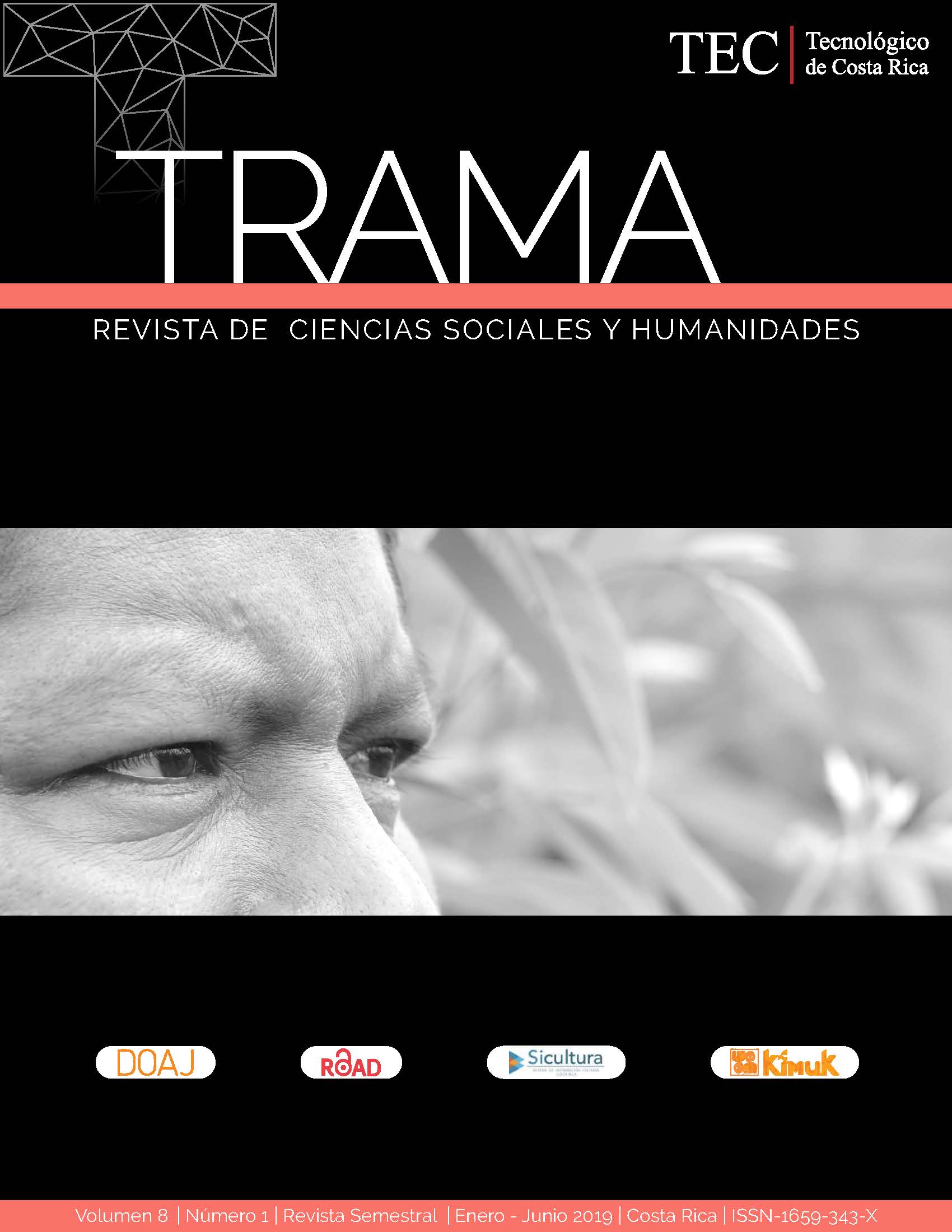Historic Center Of Limon Port, Cultural Transformations That Has Contributed To Its Patrimonialization
Main Article Content
Abstract
This article focuses on the analysis of social and cultural transformations in the Historic Center of Limon Port by exploring the heritage process it has experienced. The reasons why this city could be considered heritage are analyzed, as well as the related process of social and ideation construction. Also, research includes its historic, social, symbolic, aesthetic, landscape and scientific value.
The study area encompasses thirty blocks that incorporate twenty of the twenty-eight declared patrimony sites of the province. However, in this case the entire city is analyzed as a “patrimony object”, where patrimony is understood as a phenomenon since it represents the symbolic meaning that a social group gives to an object in different time frames, and to the object itself.
The methodology was based on a hermeneutic approach considering historical periods of time defined by documentation such as maps, plans and photographs. Four different social construction of the territory periods were divided as follows: resistances and autonomy against the Spanish hegemonic power (1502-1853); the official construction of Port Limon and consolidation of a new multiethnic culture at the margins of “Costa Rica” (1852-1938); the opening of Port Limon and its social struggles (1938-1970); and finally a period of contradictions and challenges is defined: the exaltation and distortion of multiculturalism (1970-2019).
Article Details

This work is licensed under a Creative Commons Attribution-NonCommercial-NoDerivs 3.0 Unported License.

